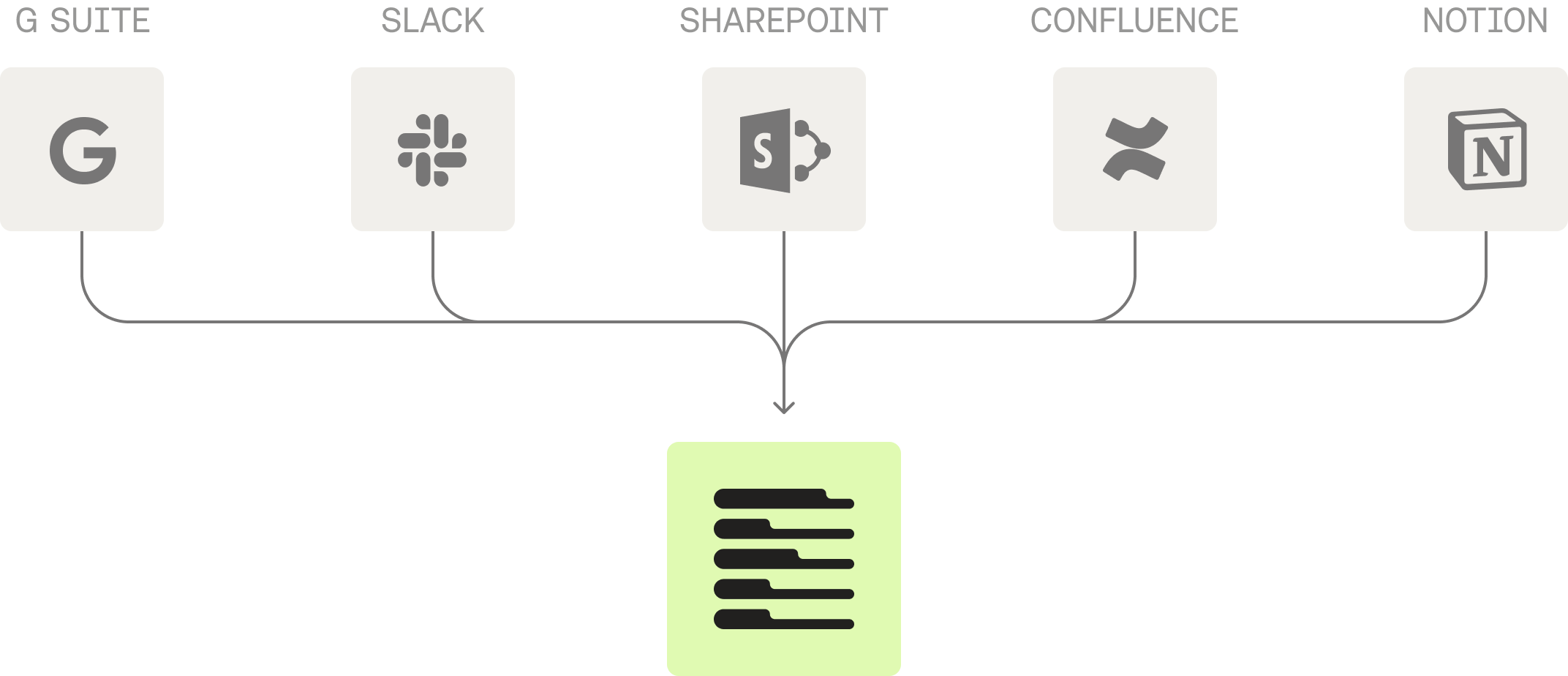Business Assumption & Hypothesis Development
Analyze, categorize, and refine business assumptions into testable hypotheses. It consists of a multi-step process facilitated by AI agents, each responsible for a specific aspect of assumption identification and hypothesis generation.
Corporate Innovation Teams standardizing assumption and hypothesis management for new ventures.
Product Managers validating strategic assumptions before committing to product development.
Business Consultants supporting clients in de-risking market entry or new product launches.
Startup Founders seeking to rigorously test and refine early-stage business ideas.
Checks against hallucinations, confabulation, and maintains process quality
Cites every claim and provides a list of used sources
Autonomous execution based on your inputs and agent instructions
Asks follow-up questions autonomously
PDF
Powerpoint
Public Link
What you get
Assumption Identifier
To analyze the input data and identify a comprehensive list of explicit and implicit assumptions that underpin the business idea.
Assumption Categorizer
1. Review the assumptions from Agent 1. Assign each assumption to one of the three categories: - Desirability: Assumptions about customer interest and willingness to adopt. - Viability: Assumptions about the financial sustainability and overall business model success. - Feasibility: Assumptions about technical and operational execution. 2. Remove duplicate or overlapping assumptions. 3. Ensure a balanced distribution with at least: - Four desirability assumptions, - Three viability assumptions, - Three feasibility assumptions. Success Criteria: - All assumptions are correctly categorized without redundancy. - Each category contains the required minimum number of assumptions. Output: - A structured, categorized list of assumptions grouped by desirability, viability, and feasibility.
Hypothesis Generator
Formulate and rank hypothesis based on assumptions created. Steps: 1. Research Best Practices: - Perform an online search to gather best practices and guidelines on formulating testable hypotheses in business and experimental contexts. - Summarize key elements of these best practices (e.g., clarity, testability, qualitative criteria, and cause-and-effect structure). 2. Review Categorized Assumptions: - Review the structured list of assumptions from Agent 2, grouped by desirability, viability, and feasibility. 3. Formulate Hypotheses: - Convert each assumption into a direct, declarative sentence that states the essential condition, incorporating the researched best practices. - Do not include any numerical targets, percentages, or time-bound metrics. - Focus on describing critical conditions qualitatively. For example, instead of stating an expected percentage improvement, state the condition in terms of "high" or "low" customer interest, "clear" or "unclear" value perception, or "stable" versus "unstable" operational performance. - Ensure that each hypothesis clearly identifies the critical condition, is testable using qualitative criteria, and avoids vague language or overly specific performance targets. - Avoid conditional or complex language; focus on clarity and simplicity. - Make sure each hypothesis clearly captures the core idea without additional qualifiers or overly technical terms. 4. Rank Hypotheses: - Qualitatively rank each hypothesis by criticality (e.g., Critical, Important, Supportive) based on how essential the condition is for the idea's success. Success Criteria: - Best practices for hypothesis formulation are identified online and integrated into the hypothesis creation process. - Each identified assumption is converted into a “make or break” hypothesis that clearly states the essential condition for success or failure, using a cause-and-effect structure. - Hypotheses are specific, testable, and use qualitative criteria rather than precise performance metrics. - All hypotheses are qualitatively ranked by criticality. Output Format: - A list of the formulated hypotheses organized by desirability, viability, and feasibility, each with a qualitative ranking. Do not include the results of steps 1 and 2 in here.
$1
Per run2
hours savedSimilar Apps
We don’t train on, resell or package up your data.
We are not in the business of training new models. We care about providing end-to-end knowledge work automation.
Private data is saved in a separate per-account database and not added to any public reports. You own the results of your analysis.
We have gone through multiple procurement processes that included legal, financial and technical assessments for US Fortune 500 companies.





Each App has meticulously pre-trained agents working on top of trusted data
FifthRow Apps are collections of Autonomous Agents working together to deliver comprehensive business processes and programs.
Customizable Agent Training for Vertical AI

We pre-train all agents on multiple approaches to a problem. Every step is customizable and automates prompting, LLM choice and relevant data. All Apps are stress-tested 60+ times on multiple inputs for robust and consistent results.
Scalable Use with Fixed Price

You don't pay an exorbitant hourly rate of a team you have not met. Once you have an App, you can run it as many times as you want.
Fully Traceable Sources

Apps work on top of a joint dataset created by individual agents working on the project. All source data is linked and transparent.
Connect Your Existing Data

Apps work on public and private data out of the box, and are SOC2 & GDPR compliant. We don’t train on, resell or package up your data.